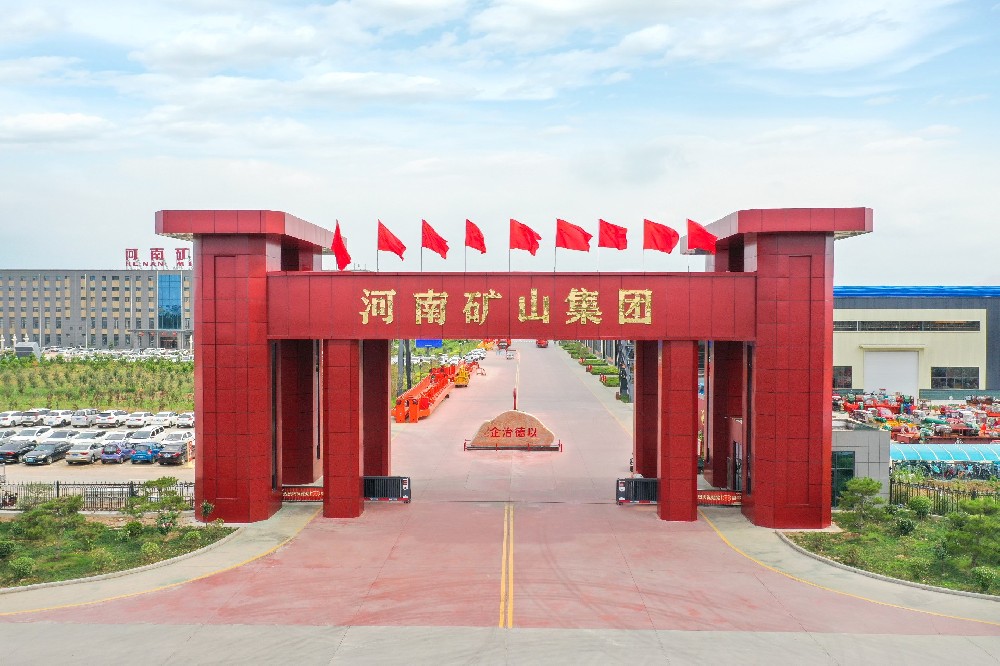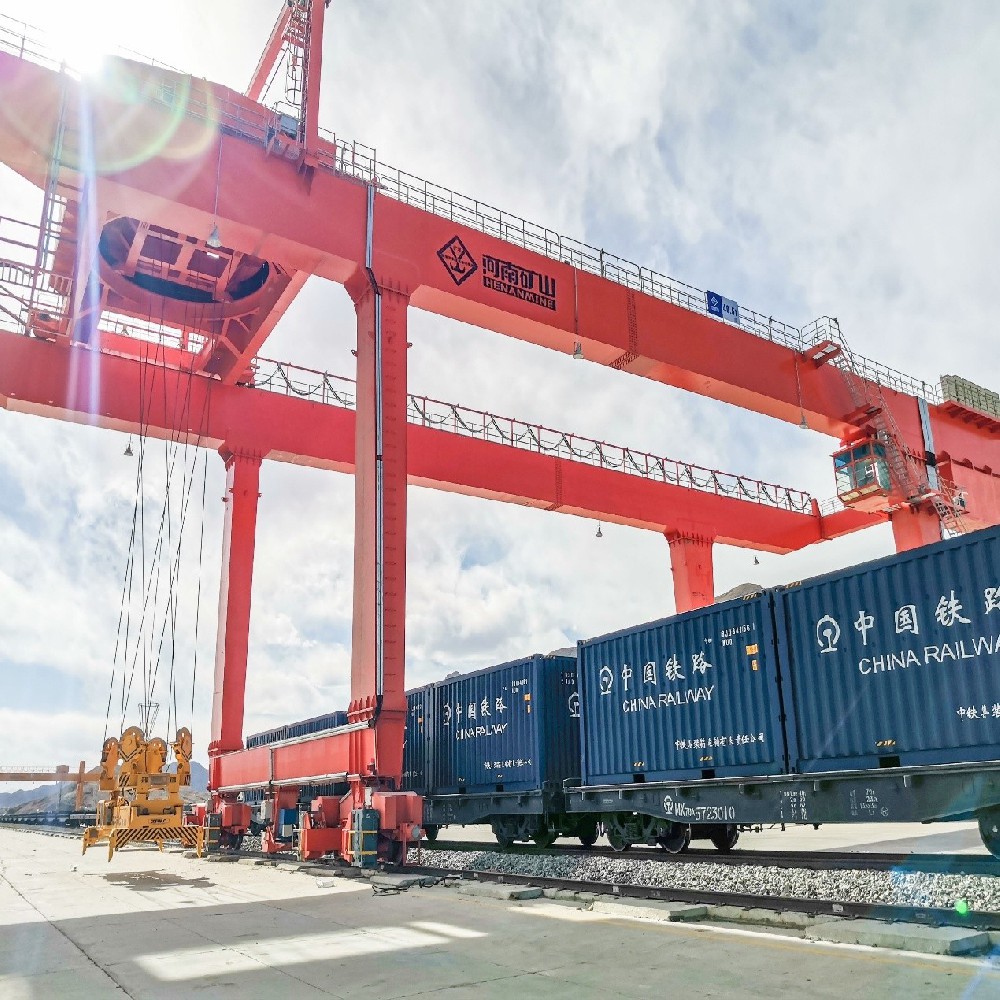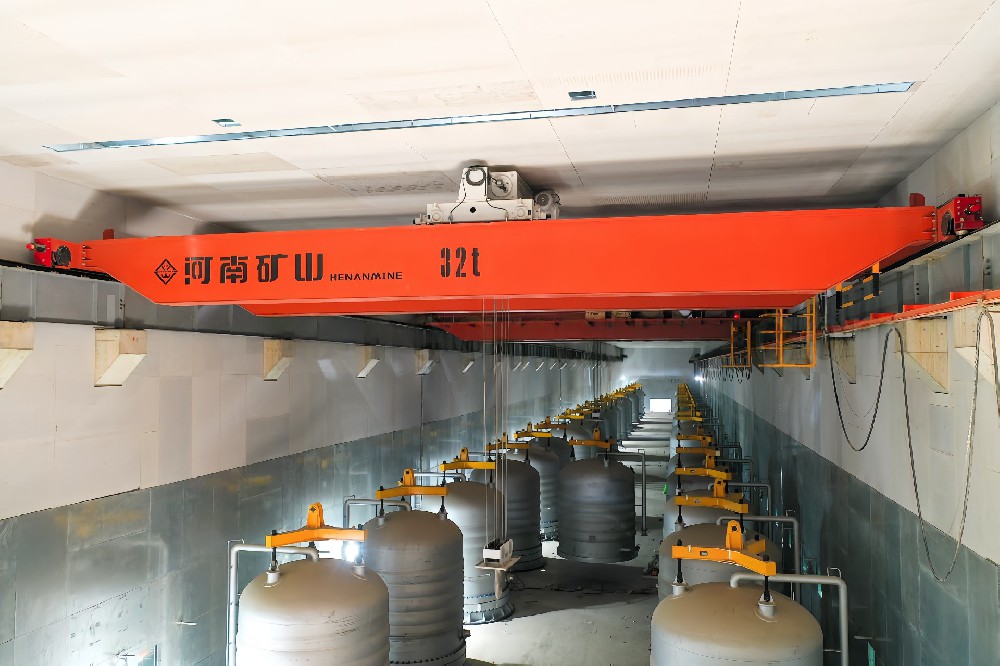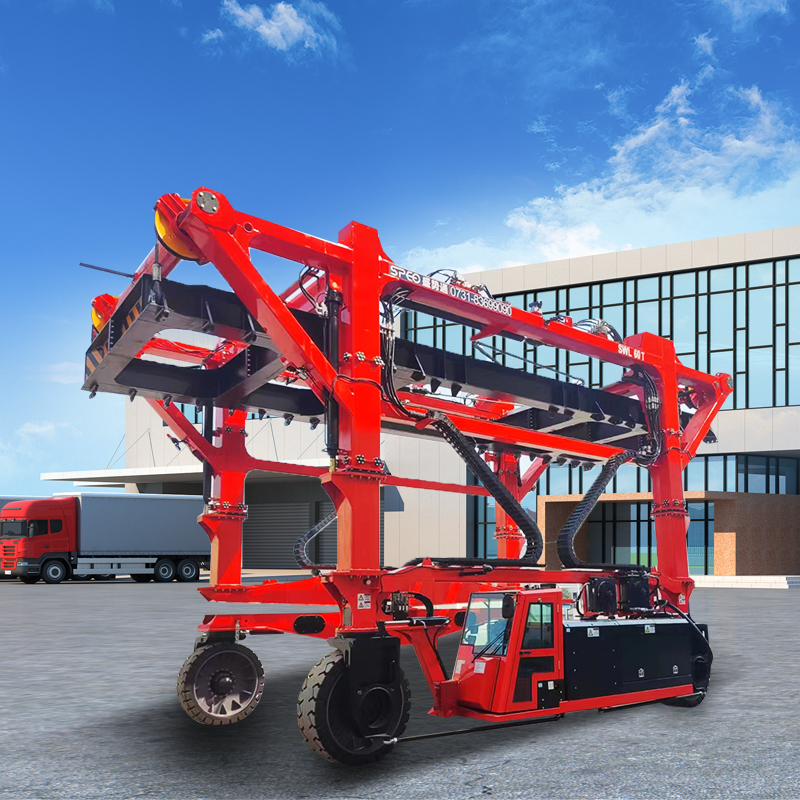- How to Choose the Right Crane for Your Steel Mill
-
Release Time:2025-11-05 10:00:37Share:
How to Choose the Right Crane for Your Steel Mill
If you've got a steel mill, you'll need a crane for sure. They're the most important machines for handling materials, so you can't afford to have one of these break. Picking a foundry crane that can handle the tough conditions is a big decision for any company.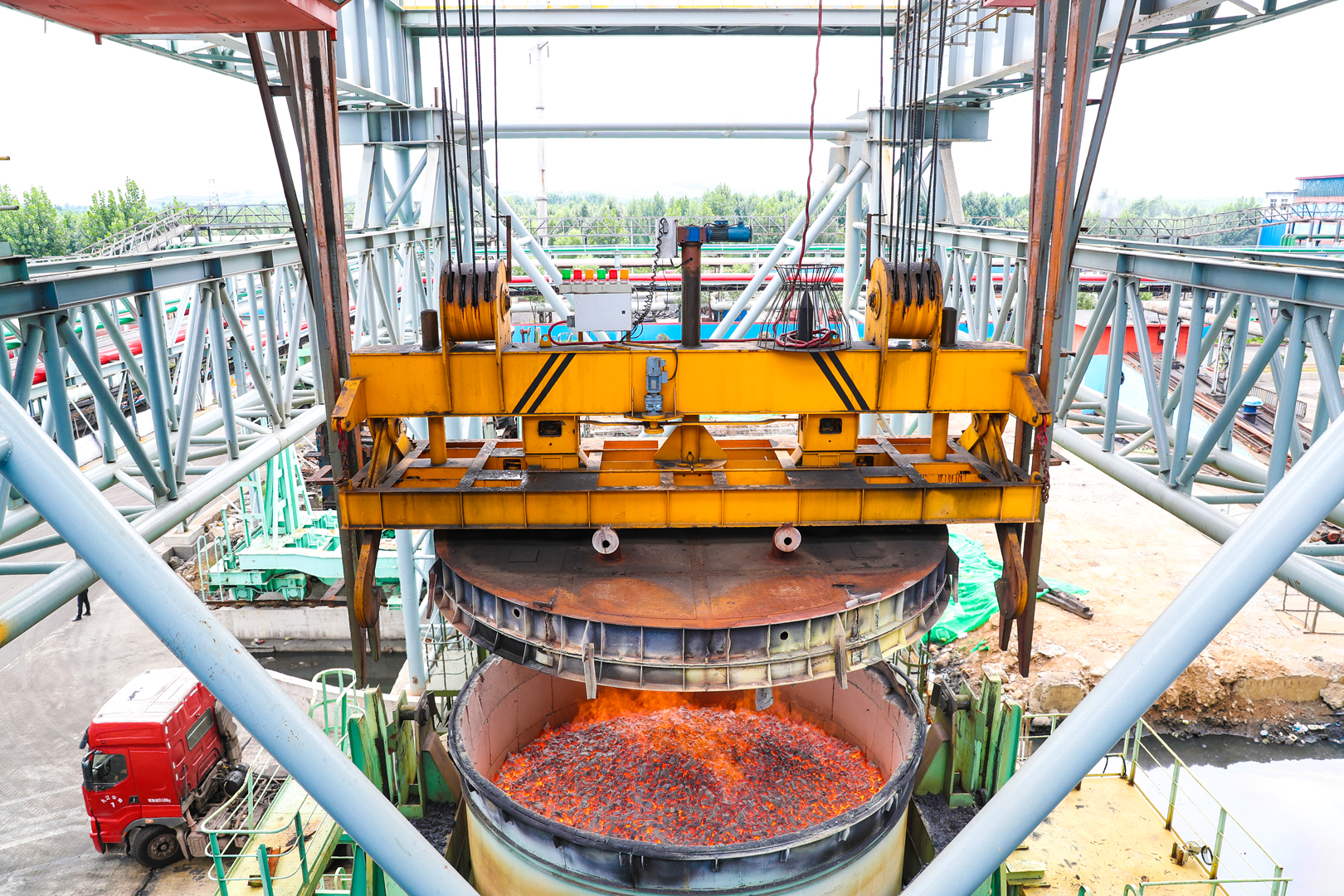
I. Operating Conditions in Steel Mills
The environment in a steel mill imposes far more demanding requirements on foundry cranes than those on ordinary cranes.
Extreme High-Temperature Radiation: Handling molten steel ladles over 1500°C and red-hot billets over 800°C puts cranes under constant, extreme heat. This can cause problems like structural deformation, accelerated aging and failure of electrical components, and carbonization of lubricants.
Frequent heavy loads and impacts: Dealing with huge loads (often hundreds of tons), with loads of starts and stops. It can take a beating, with loads that are big and sudden when accelerating or decelerating, especially during important operations like iron exchange and pouring.
High operational intensity and continuity: It's always on, with really high duty cycles (usually A7, A8, or higher), so there's hardly any downtime for maintenance.
High Dust and Humidity: Production creates a lot of iron oxide dust and steam, which can get into mechanical components and electrical systems.
There's a risk of molten metal splashes when you're handling ladles or containers, so it's important to be aware of the potential risks.
Here are the precision positioning requirements: It's really important to be able to control the positioning to within millimetres for things like iron charging and pouring.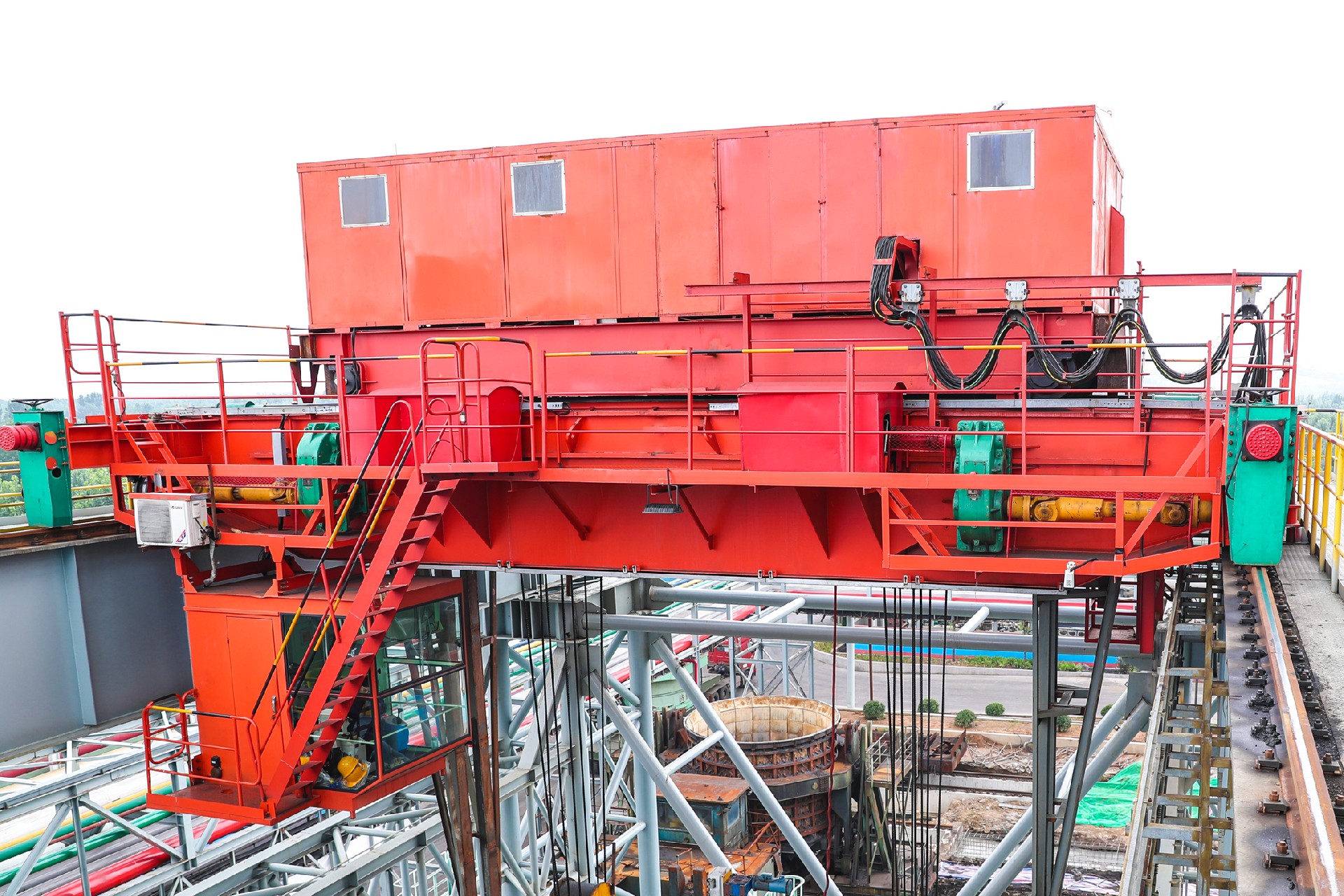
II. The lowdown on Core Foundry Cranes
To meet the different needs of different steel production stages, foundry cranes have evolved into a bunch of different types:
Classification by Primary Function:
Ladle Foundry Cranes: These are the most important and challenging cranes in steel mills. They're specially designed to handle ladles containing molten steel, and they perform critical operations like iron charging, steel tapping, molten steel transfer, refining station handling, and continuous casting rotary table pouring. These cranes have to meet the highest safety standards, so they usually have dual-trolley systems, dual hoisting mechanisms, exceptional heat resistance, precise anti-sway positioning control, and multiple safety protection devices. They're a must-have for metallurgical plants.
Ladle Casting Cranes: It's mostly used for handling iron ladles, scrap baskets and alloy containers. These cranes work really hard and often need electromagnetic discs or special lifting attachments. While they don't have as high a thermal resistance and positioning precision requirements as ladle casting cranes, they're still classed as heavy-duty metallurgical cranes.
Slab Handling Casting Cranes: You'll be working in the continuous casting and rolling mill zones, gripping, transporting and stacking high-temperature continuous cast slabs or ingots. These cranes tend to have strong slab grippers, which need to be smooth to operate, precise to position, and able to handle slab heat radiation and potential deformation.
Forging Casting Cranes: You'll be working in forging shops, lifting large forgings or ingot molds. They need to be able to lift a lot and be really stable, and sometimes they have special lifting attachments.
By Structural Type:
Bridge Casting Cranes: This is the most common type of casting crane structure in steel mill workshops. The bridge moves along rails held up by columns on either side of the building, while the trolley moves along the bridge horizontally. Its compact design makes the most of workshop space, making it perfect for precision handling operations in confined areas like steelmaking platforms, refining bays, and continuous casting bays—such as ladle transfer and pouring.
Gantry casting cranes: They've got a portal structure that spans tracks, and they usually go across outdoor trestles or tracks along workshop sides. It's got really good coverage, so it's great for dealing with scrap baskets and molten iron ladles in raw material yards, or stacking slabs and coils in finished product warehouses. Some of the bigger steel mills also use extra-large span gantry casting cranes in their refining bays.
By Drive and Control System:
So, traditional AC-driven casting cranes... It's a mature technology with relatively simple maintenance and lower costs. But they're not as good at precise positioning and sway control.
AC variable-frequency drive casting cranes: This is the go-to choice for most modern steel mills. They use something called variable-frequency speed regulation technology, which makes them incredibly smooth to start and stop, and lets them position things to an accuracy of millimetres. They're also really good at controlling sway. This makes ladle casting cranes much safer and more efficient.
Automated/Intelligent Foundry Cranes: We can integrate laser positioning, anti-sway systems, automatic collision avoidance, remote monitoring/diagnostics, and even unmanned operation capabilities. This is how we're going to upgrade large modern steel mills in the future. It'll make them safer, more stable and more efficient.

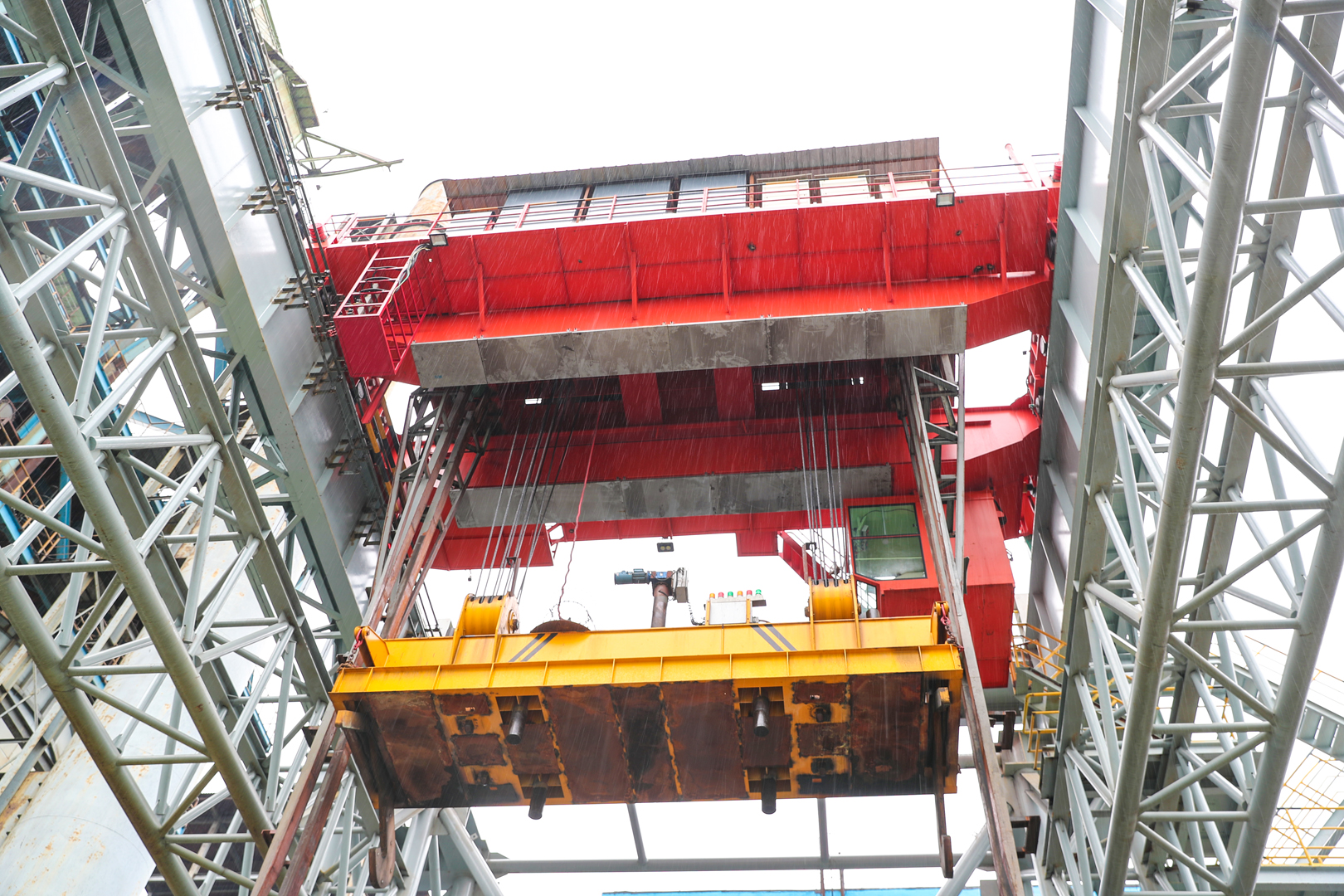
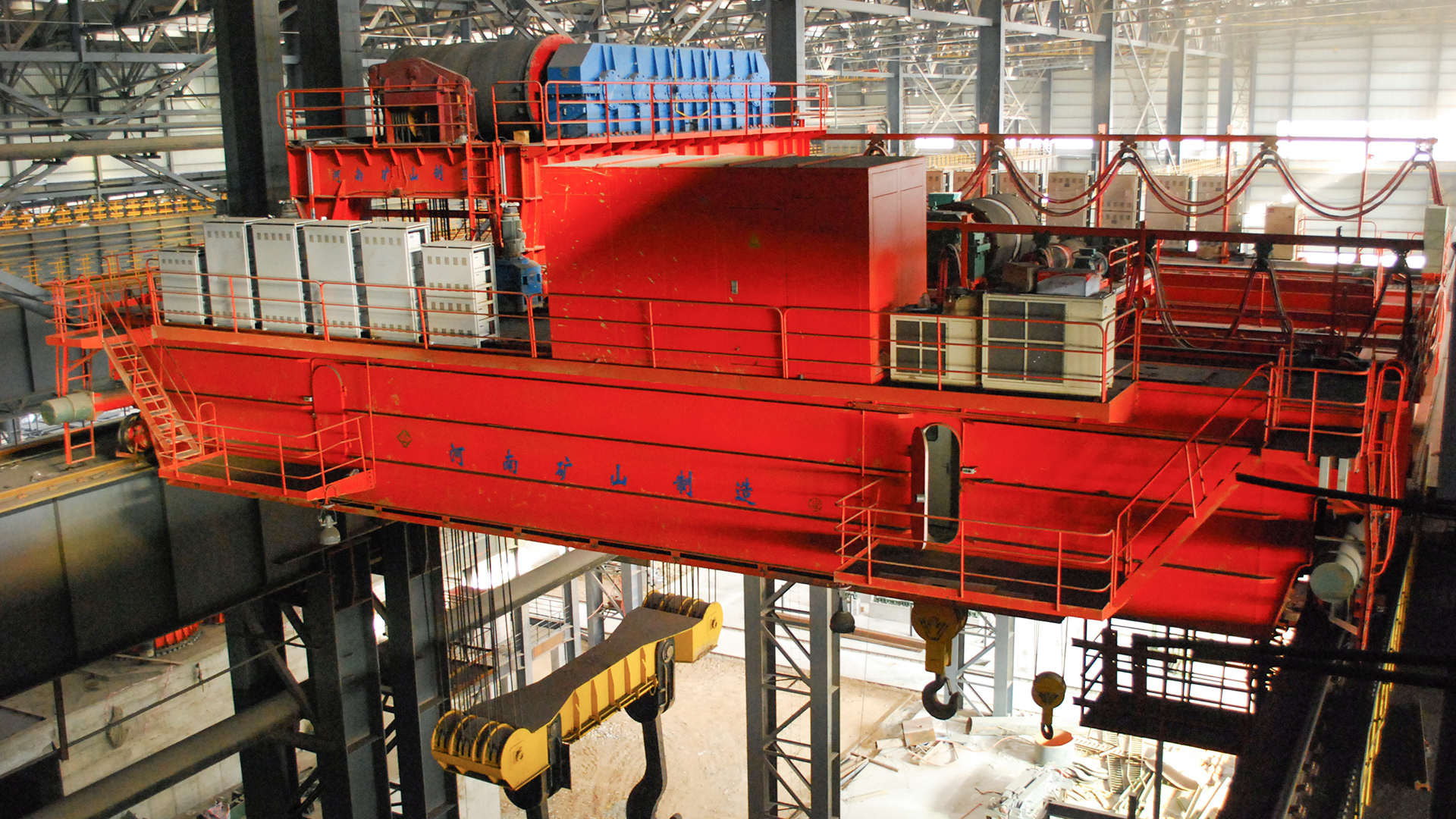
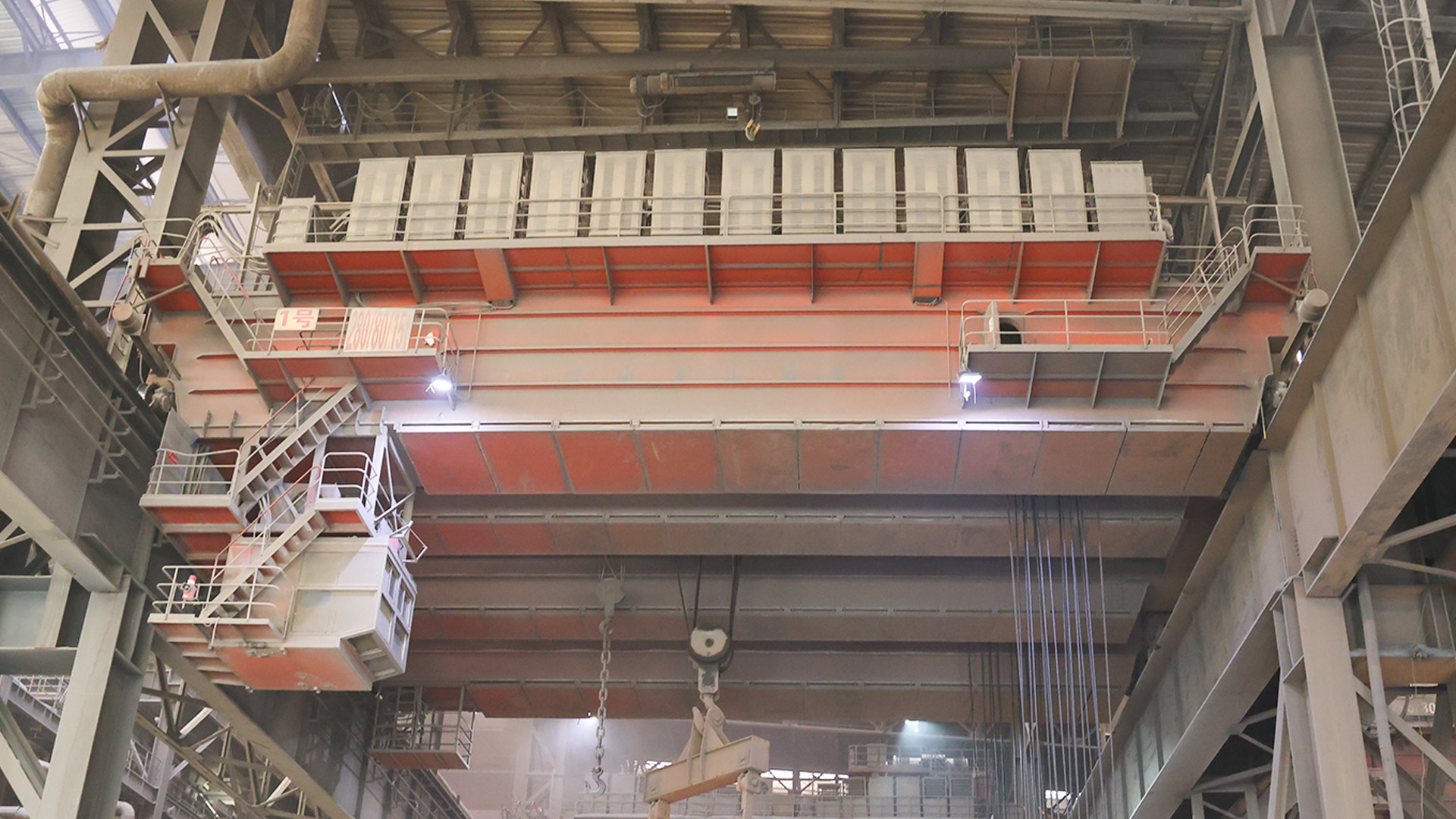
III. Things to think about when choosing foundry cranes in steel mills:
Rated lifting capacity and duty class: You can work out the rated capacity of the main and auxiliary hooks based on the maximum load requirements. The duty class has to match the steel mill's extremely high operational intensity and workload, requiring at least A7 class, with critical workstations often needing A8 class.
Span and Lifting Height: Span is basically how far the factory building or trestle rails are apart. The height you lift the load must be enough to get past things like furnaces and equipment, and low enough to reach molten iron pits. And obviously, it's got to be safe.
High-Temperature Protection:
Thermal Insulation: So, high-performance insulation panels (like alumina-silicate fibre boards with stainless steel shields) need to be put on components near heat sources, like main girders, trolley frames and electrical compartments. .
Heat-Resistant Structures and Materials: Key structural components need to be able to handle thermal stress and use heat-resistant steel; lifting wire ropes need to be able to resist high temperatures; pulley blocks need to use heat-resistant materials.
Electrical Component Protection: Drive motors must use high-insulation-class motors with forced air cooling; resistors, control cabinets, etc., must be positioned away from heat sources or equipped with insulated ventilation devices; cables must be high-temperature-resistant and flame-retardant.
So, the idea behind Safety Redundancy Design is that...
Dual Drive/Dual Brake System: When it comes to ladle casting cranes, the hoisting mechanism needs to use two motors, two brakes, two reducers, or even two wire rope drum systems (i.e. a dual-trolley configuration). If one system fails, the other one has to be able to support the rated load safely and independently.
Safety Monitoring Management System: It's got all the safety devices you could need: overload limiter, overspeed protection, travel limit switches, hoisting height limiter, anemometer, deviation correction device, anti-collision system, emergency stop switch, interlock protection, and more.
Here's the lowdown on specialised safety devices for handling ladles: It's got automatic positioning lockout at pouring points, emergency lateral movement devices (so hook slippage doesn't happen) and ladle overturn monitoring.
Drive and Control:
Drive System: Make sure you prioritise AC variable frequency drives to make sure everything runs smoothly, precisely and under control.
Anti-Sway Control: You'll definitely need one of these for ladle casting cranes and any other applications that need precise positioning.
Positioning Accuracy: We need to be really precise with the positioning at critical workstations, so we need technologies like absolute encoders and laser distance measurement to make sure we're always spot on.
Reliability and Maintainability:
Critical Component Quality: The core components, like motors, reducers, brakes, steel ropes, wheel sets and bearings, need to be from top brands or products that have a track record of delivering long-term performance.
They're great at fighting off rust and wearing down. Structural components will have heavy-duty anti-corrosion coatings. The bits that get worn out easily, like the rail, the contact surfaces and the pulley grooves, should have a wear-resistant treatment.
Maintenance Accessibility: The design should make it easy to inspect, lubricate and maintain/replace the equipment, including having places to do that, central lubrication points and a modular design.
Here's a quick rundown of the manufacturer's credentials and what they're experienced in: Pick a specialist foundry crane manufacturer that knows a lot about metallurgical crane design and manufacturing, has mastered core technologies, has lots of successful case studies in steel mills, and has a strong reputation. Have a look at their design skills, how they make their products, how good their quality control systems are, how good their installation and commissioning processes are, and how quickly they respond after sales.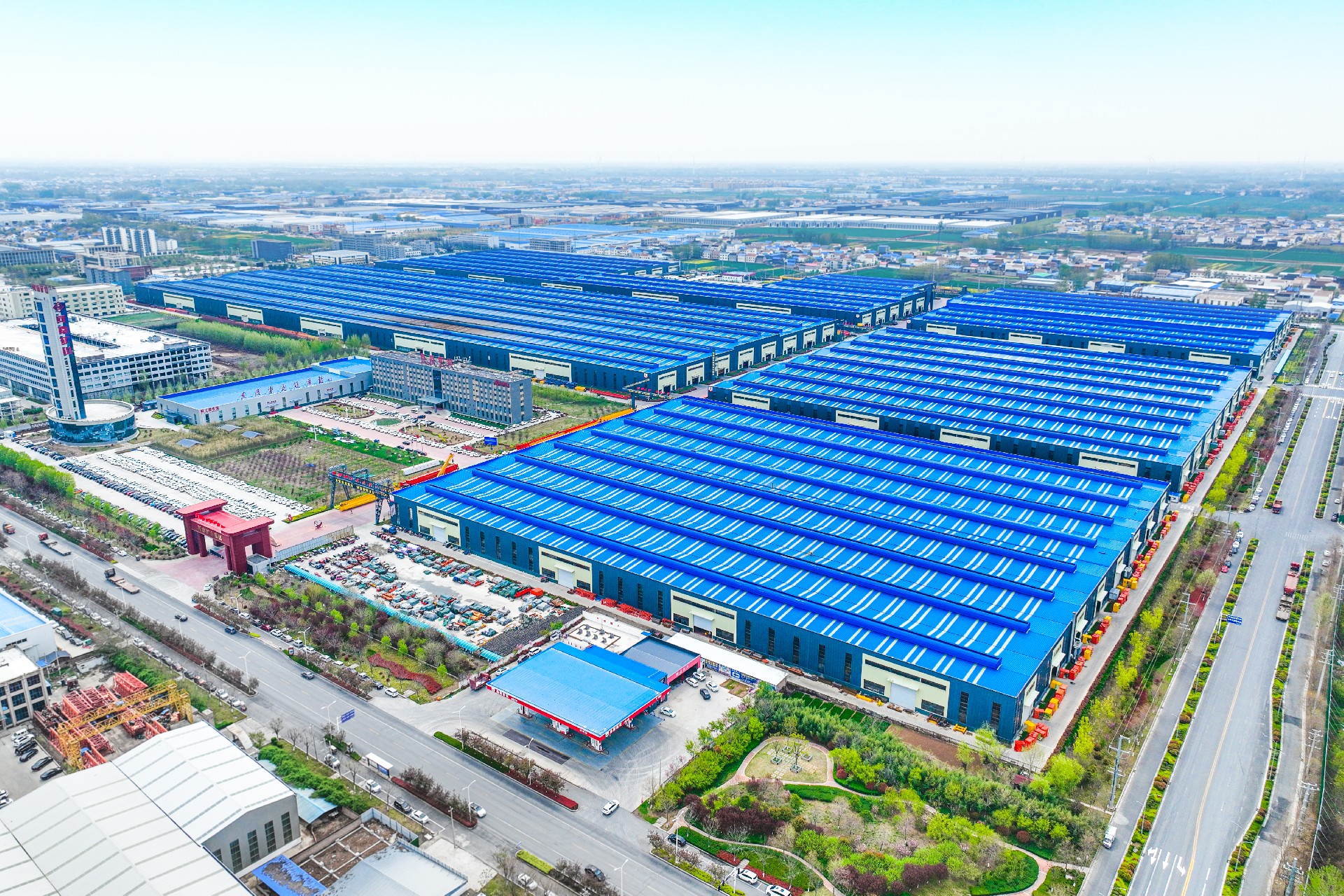
As a top global supplier of cranes, Henan Mine Crane has a wide range of products from 5 to 500 tons. We'll provide custom designs based on site drawings, load characteristics and environmental parameters. Our full lifecycle services offer all-in-one solutions, from site surveys and design planning to installation and commissioning, plus regular maintenance.
Email:infocranehenanmine.com
WhatsApp:http://wa.me/8615565218499
